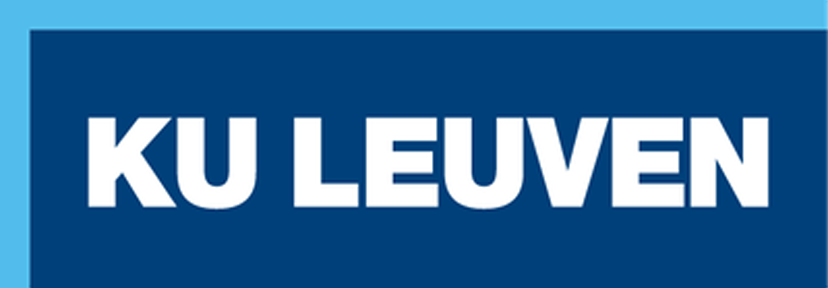Citizen Science Toolkit
Co-developed by
Designing your project and securing funding
- Antje Wilton, Freie Universität Berlin
- Francesca Sabatini, Alma Mater Studiorum - Università di Bologna
- Ruxandra-Iulia Stoica, University of Edinburgh
- Eljas Oksanen, Helsingin yliopisto/ Helsingfors universitet
- Kinga Anna Gajda, Uniwersytet Jagielloński w Krakowie
- Hanne Vrebos, KU Leuven
- Alicia Castillo Mena, Universidad Complutense de Madrid
- Fabrice Langrognet, Université Paris 1 Panthéon-Sorbonne
- Recommendations
Thoughtful preparation, including the development of project design and securing necessary funds, plays a crucial role in the success of a citizen science project. In this section, the researchers provide valuable insights into their own project preparation, shedding light on who was involved from the initial stages and the key considerations they took into account before launching their projects. Additionally, you will learn about the funding they secured and how they effectively managed their resources throughout the project's duration.
Antje Wilton, Freie Universität Berlin
Francesca Sabatini, Alma Mater Studiorum - Università di Bologna
Ruxandra-Iulia Stoica, University of Edinburgh
Eljas Oksanen, Helsingin yliopisto/ Helsingfors universitet
Kinga Anna Gajda, Uniwersytet Jagielloński w Krakowie
Hanne Vrebos, KU Leuven
Alicia Castillo Mena, Universidad Complutense de Madrid
Fabrice Langrognet, Université Paris 1 Panthéon-Sorbonne
Recommendations
Participation is at the heart of citizen science projects. When starting one, the initial step is to identify the key participants, what kind of contribution is expected from them, how you will gather their input, and how you can guarantee that the project generates value for all the parties involved.
Depending on the nature of the project, citizens may or may not participate in the project's design. However, collaboration with stakeholders during this preliminary phase is strongly recommended. This will bring different perspectives to your project and ensure support in the following phases.
At its core, citizen science projects are activities that foster network building. It is crucial to team up with different partners inside and outside the academia, as citizen science usually demands different types of expertise.
Collaborating with colleagues from various disciplines can enable activities that might otherwise be unattainable: finding technical solutions, developing methodologies for public engagement, data collection, analysis, and more. Consequently, citizen science projects inherently transcend disciplinary boundaries and possess greater potential for impactful outcomes.
" I think that my funders have in general found it very beneficial that my approaches have been interdisciplinary and closely collaborative with other researchers and scientists working on very different fields. A lot of different perspectives and kinds of professional expertise are coming together into a nexus to produce results which are widely applicable and have a lot of potential for enhancing, improving and democratising our cultural heritage. "
Elias Oksanen, Helsingin yliopisto/ Helsingfors universitet
Partners outside academia, such as local authorities, foundations, associations, cultural and creative industries, as well as civil society organizations, can also be crucial and ensure participative activities.
For many experts, citizen science projects stemmed from their previous research experiences, often initiated in response to calls that did not necessarily have a dedicated focus on citizen science. Additional resources to support project activities can be sought from private donors, state agencies, local authorities, and private corporations. However, resources for the project shouldn't be limited to funding alone — numerous partners can also contribute through in-kind support, including facilities, dissemination, training and capacity building, the provision of various types of materials and network.
" Community-based projects invite researchers to be creative with resources as we have to navigate the limited resources available. I guess we all learn to be creative with resources as everyone wants more funding, but the lack of it is necessarily an excuse not to act. Being creative with resources means using everything, working with everyone, and being everywhere. "
Hanne Vrebos, KU Leuven







